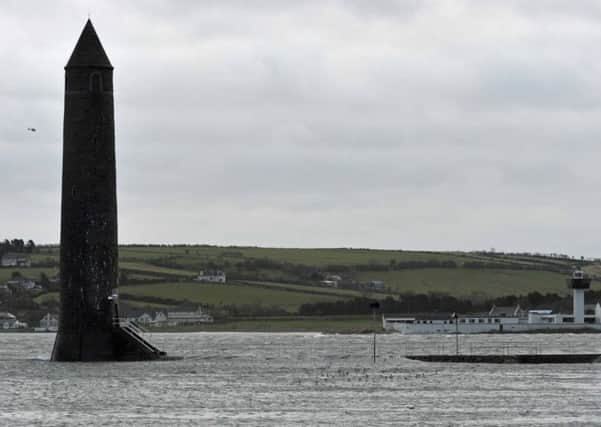Mid and East Antrim is third best place to live in Northern Ireland


The survey by the Belfast-based firm examined the quality of life for residents of the new supercouncil areas after the number of local authorities was reduced from 26 to 11 on April 1.
The analysis examines a range of statistics, including education, health, employment, access to services and even life expectancy.
Advertisement
Hide AdAdvertisement
Hide AdMEA Borough Council has the fourth lowest percentage of people claiming unemployment benefit with 3,078 claimants or 3.6 per cent, below the 4.6 per cent NI average.
The new council area is also second on the list in terms of median earnings, which were found to be £19,972 compared to the median of £18,764 across all 11 councils.
The area’s schools came in fourth in terms of educational attainment, with 66.7 per cent of Year 12 pupils achieving five or more GCSEs (A*to C) including English and maths compared with an average of 64.3 per cent across all 11 districts.
Mid and East Antrim was also the second lowest area in terms of the number of students entitled to free school meals at 13.2 per cent, compared with the NI average of 17.8 per cent.
Advertisement
Hide AdAdvertisement
Hide AdIn terms of third level education, 22 per cent of the population has a degree or higher qualification, one percentage point lower than the Northern Ireland average.
The life expectancy for men in Mid and East Antrim was ranked at eighth out of the 11 councils at 77.58 years, while women’s life expectancy was ranked fifth at 82.42 years.
In addition, twenty percent of the district’s residents were found to have a long-term health problem or disability that limits their daily activities.
Meanwhile, analysis of the Housing Executive’s District Housing plans for 2014/15 shows that an estimated 1,548 of the new council population (1.14 per cent) are deemed to be in housing stress.
Advertisement
Hide AdAdvertisement
Hide AdAccording to the Department of Finance and Personnel, there are currently 1,177 empty houses in the district, which accounts for two per cent of the housing stock.
In terms of private housing, the median sales price of residential properties in the period April 2014/March 2015 was £98,000 in Carrickfergus and £86,250 in Larne £86,250.
Regarding council debt, the analysis shows that as of March 31, 2014, the area’s former councils had combined liabilities of £99,547,036 including £40,314,117 from Ballymena, £33,461,979 from Carrickfergus and £25,770,940 from Larne.
These liabilities include borrowing, money owed to the council by creditors, bank overdrafts and money being set aside for specific purposes.
Advertisement
Hide AdAdvertisement
Hide AdThe new council can expect to have the second highest rate of liabilities per resident among the 11 council areas, standing at £732 per resident.
The average across all the council areas is £547.
However, MEA council comes third in terms of assets per capita including public parks, leisure centres, arts centres and play parks, at £1,330.20.
Rates in the new district are the third highest of the 11 councils.
On a £150,000 home, a ratepayer in Mid and East Antrim was charged £1,200 in 2015, whilst a ratepayer in Lisburn and Castlereagh (the district with the lowest rates) was charged £1,015. This represents a difference of nearly 18 per cent based on the rate struck in each area.
Advertisement
Hide AdAdvertisement
Hide AdAs part of the £30 million District Rates Convergence Scheme to even out differences between the rates bills charged in legacy councils, a ratepayer with a £150,000 home entering the new district from the former Ballymena council will receive a subsidy of £5 this year, whilst a ratepayer coming from Larne will receive a £3 subsidy.
The subsidy, which will apply to 23,470 homes in Ballymena and 13,096 in Larne, will be phased out over four years.